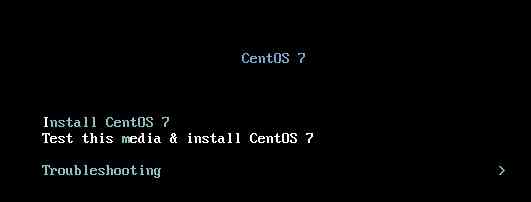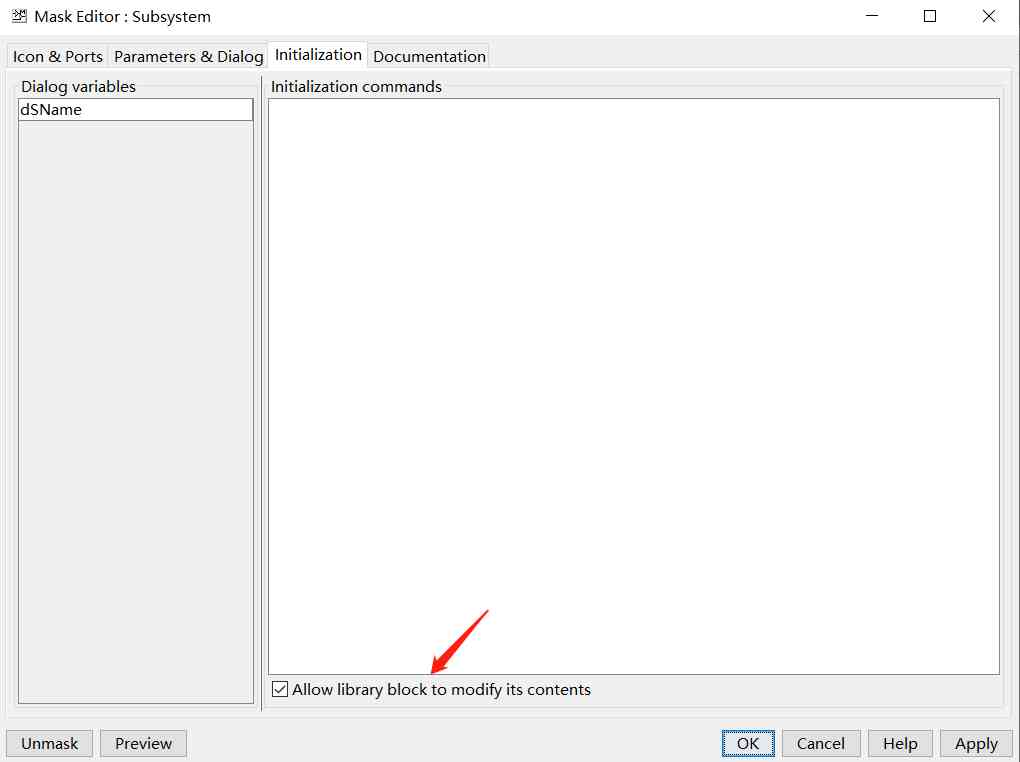One 、 We need to review the knowledge
Basic types ( Value type ) And reference types
( Basic types ) Value type :Number,Boolean,String,undefined,null
Reference type :object,Arrary
Two 、 The difference between base type and reference type replication
Value type : Copy operations on value types , It's just a copy of the value , Copying and being copied will point to The two are different The data of .
Reference type : The reference type copies the address . So it turns out that , Copying and being copied will eventually point to The same data .
Example :
// Basic types
var a = 1;
var b = a;
a = 2;
console.log(a, b); // 2, 1 ,a b Point to different data // The reference type points to the same data
var a = {c: 1};
var b = a;
a.c = 2;
console.log(a.c, b.c); // 2, 2 Is full of 2,a b Point to the same data 3、 ... and 、 The difference between deep copy and shallow copy
Shallow copy : Copy only one layer .
Deep copy : Unlimited copy .
Four 、 Four examples of deep copy
Method 1 :
function clone(source){
if (!isObject(source)) return source;// Parameter verification is better
var target={};
for(var i in source){
if(source.hasOwnProperty(source){
if(typeof source[i] === 'object'){ // Object.prototype.toString.call(source[i] === '[Object Object]'
target[i] = clone(source[i])
}else{
target[i] = source[i];
}
}
return target;
}
function isObject(obj){
return Object.prototype.toString.call(obj === '[Object Object]'
}Method 2 :
function cloneJSON (source){
return JSON.parse(JSON.stringfy(source));
}Method 3 :
function cloneLoop(x) {
const root = {};
// Stack
const loopList = [
{
parent: root,
key: undefined,
data: x,
}
];
while(loopList.length) {
// Depth first
const node = loopList.pop();
const parent = node.parent;
const key = node.key;
const data = node.data;
// Initialize assignment target ,key by undefined Copy to the parent element , Otherwise copy to the child element
let res = parent;
if (typeof key !== 'undefined') {
res = parent[key] = {};
}
for(let k in data) {
if (data.hasOwnProperty(k)) {
if (typeof data[k] === 'object') {
// Next cycle
loopList.push({
parent: res,
key: k,
data: data[k],
});
} else {
res[k] = data[k];
}
}
}
}
return root;
}Method four :
// Keep quoting
function cloneForce(x) {
// =============
const uniqueList = []; // To heavy
// =============
let root = {}
// Circular array
const loopList = [
{
parent: root,
key: undefined,
data: x,
}
];
while(loopList.length) {
// Depth first
const node = loopList.pop();
const parent = node.parent;
const key = node.key;
const data = node.data;
// Initialize assignment target ,key by undefined Copy to the parent element , Otherwise copy to the child element
let res = parent;
if (typeof key !== 'undefined') {
res = parent[key] = {};
}
// =============
// Data already exists
let uniqueData = find(uniqueList, data);
if (uniqueData) {
parent[key] = uniqueData.target;
break; // Break this cycle
}
// The data doesn't exist
// Save source data , The corresponding reference in the copy data
uniqueList.push({
source: data,
target: res,
});
// =============
for(let k in data) {
if (data.hasOwnProperty(k)) {
if (typeof data[k] === 'object') {
// Next cycle
loopList.push({
parent: res,
key: k,
data: data[k],
});
} else {
res[k] = data[k];
}
}
}
}
return root;
}
function find(arr, item) {
for(let i = 0; i < arr.length; i++) {
if (arr[i].source === item) {
return arr[i];
}
}
return null;
}Quote article :https://segmentfault.com/a/11...



![[open source]. Net uses ORM to access Huawei gaussdb database](/img/f8/50715c25a9d49b010cba2ff442c04e.jpg)

![[elastic search technology sharing] - ten pictures to show you the principle of ES! Understand why to say: ES is quasi real time!](/img/4b/176185ba622b275404e2083df4f28a.jpg)